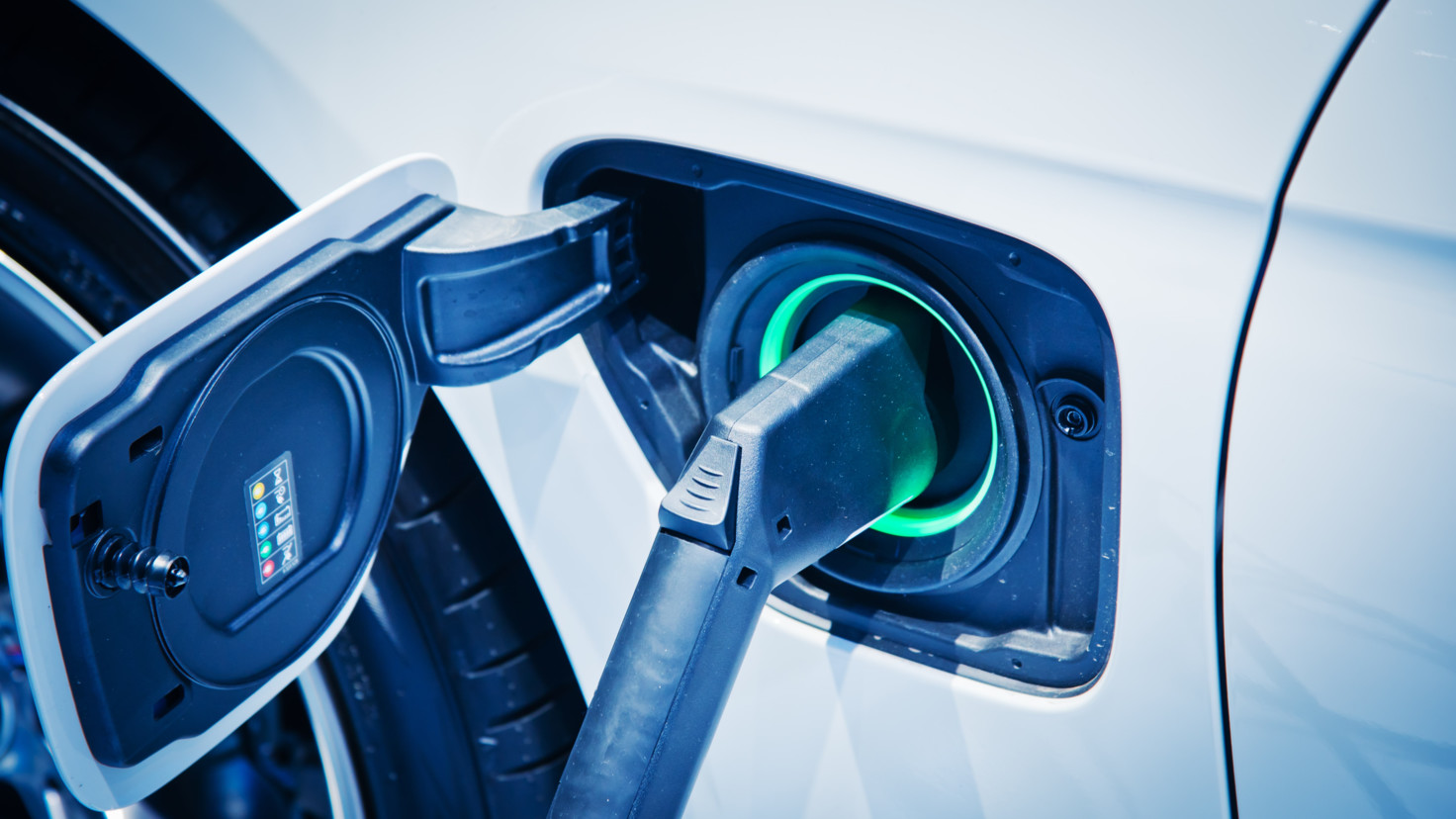Hot Money in China
In a previous post, we discussed how increasing yield in the US can have a potential impact of reversing the flow of hot money.
Hot money investors take advantage of the yield differences between one country and another. They tend to borrow at a lower cost in one country to purchase bonds at higher rates in the other. They tend to not keep their investments for very long and are very sensitive to fluctuations in yield, which can therefore cause increased volatility in the market they are investing in.
With interest rates in Europe and the US being so low in 2020, and seeing the success of China’s COVID containment, foreign investors bought up more than US $400 billion in Chinese bonds and stocks (foreign ownership of Chinese financial assets went up 50% in 2020). And now, with the yield in the US increasing, these investors may reverse their flow.
Since China was one of the largest recipients of this hot money, there are increasing calls for stricter capital outflows. For some investors, they may find that it’s easier to get money into China than out of it.
As a side note, however, foreign investors still only account for ~5% of the entire Chinese stock market, so the precipitous decline you are seeing in the Chinese stock market is likely retail-driven (it’s down ~16% since its peak in February 2021).
Xiaomi outsourcing its EV production
A few weeks ago, we also discussed the shifting supply chain landscape of car manufacturing. Thanks to the electrification of vehicles, and by removing the complex internal combustion engines, many more manufacturers can make EVs, and therefore more and more brands are outsourcing manufacturing, making the EV manufacturing landscape more similar to that of the smartphone.
This past week, Xiaomi, one of the largest smartphone makers in the world, announced that they too will make an EV and will be outsourcing the manufacturing to a 3rd party.
Everyone is announcing their EV plans, but where will they source the raw materials for batteries?
With more and more countries (and car makers) committing to an electric future, it seems that the days of internal combustion engines are numbered.
The transition to EV is not just limited to cars, however, but also occurring in the motorized two and three-wheeled vehicle segment. And globally, for every car on the road, there are three or more two-wheeled vehicles. This is especially true in Asia.
These electric drivetrain vehicles will also compete with laptops, smartphones, battery storage systems, and e-bikes for battery materials.
Increased battery demands will increase demands for metals
As a result of increased battery demand, demand for raw metals needed to make these batteries will also increase. Here are the top materials that will be needed (Figure 1). Top of the list is nickel. Nickel demand from batteries is expected to increase by 14X in the next decade.
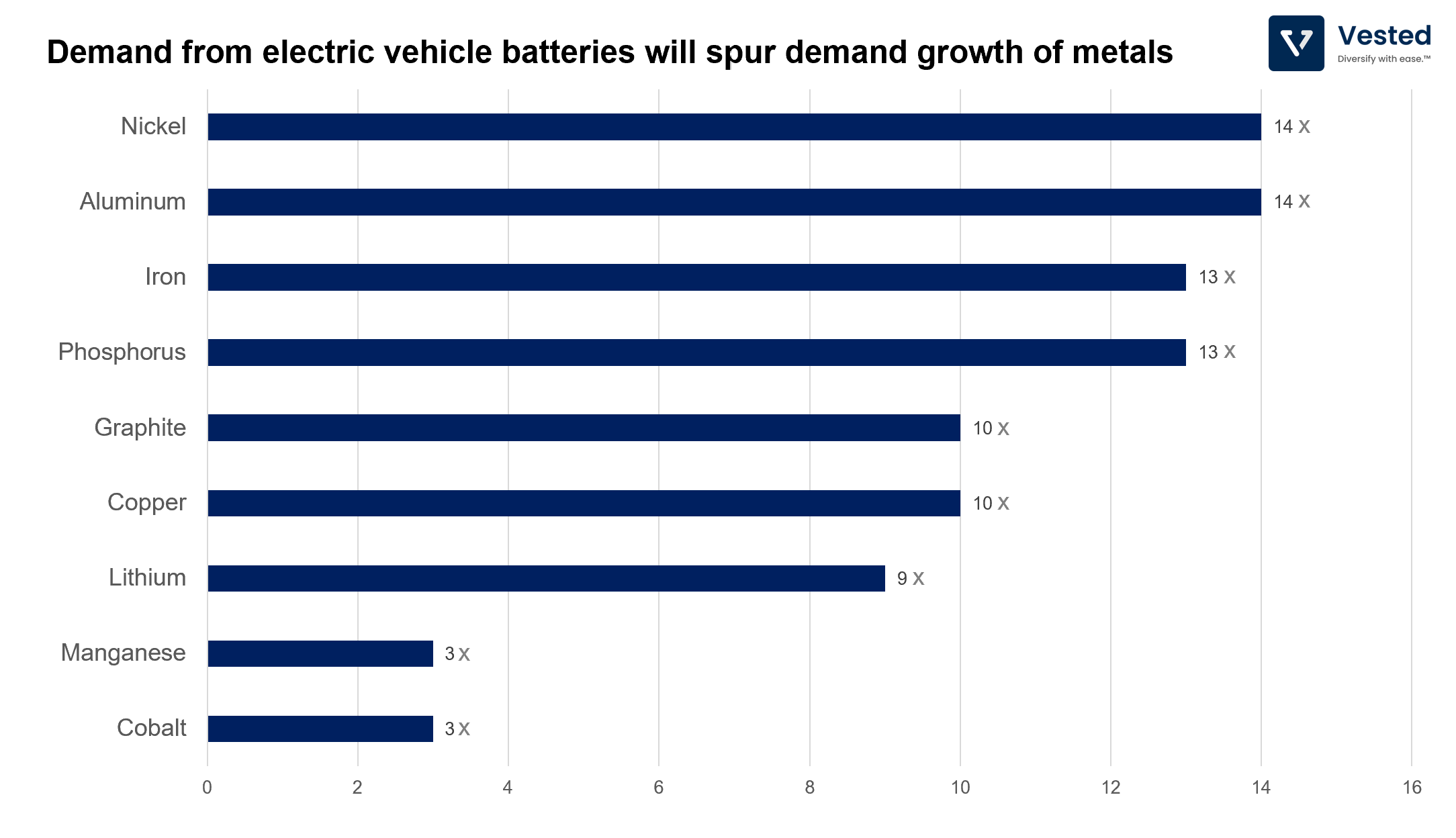
Now, before you rush and invest in nickel or mining companies, investing in commodities can be complex. Here are a few things you need to know:
- Demand matters, but the demand type matters more. Nickel is a very popular industrial input. 70% of Nickel demand is to make stainless steel (where you need low grade nickel vs. high grade nickel for batteries). So, at the moment, the raw price of nickel is not yet directly driven by battery demand. It might take another decade before battery demand for high grade nickel becomes the dominant demand driver. See Figure 2 for the demand breakdown.
- The price might already be baked in. Despite increasing battery demand, nickel prices stumbled in the past two months, thanks to a new supply pact announced in China that relieved short-term supply concerns.
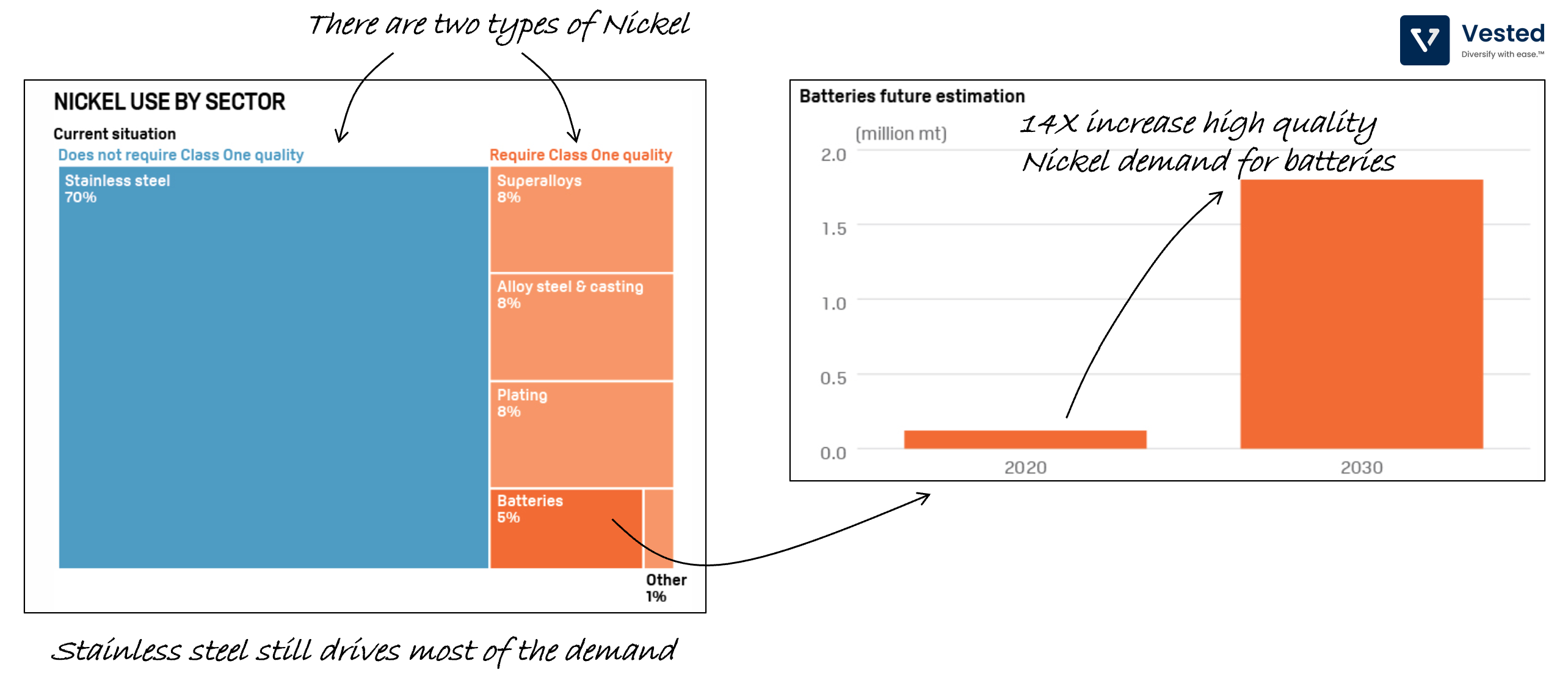
So, where will the materials for the batteries come from?
Indonesia currently has the world’s largest nickel reserve. Most of it gets exported as raw ore to feed China’s ever-increasing appetite for stainless steel. But with the once-in-a-generation shift to higher value nickel occurring, the Indonesian government hopes to seize this opportunity to grow its domestic EV industry – by imposing restrictions on export of raw materials and encouraging EV makers to set up shop locally.
To that effect, multiple companies have pledged billions of dollars of investment to expand EV capacities in the region.
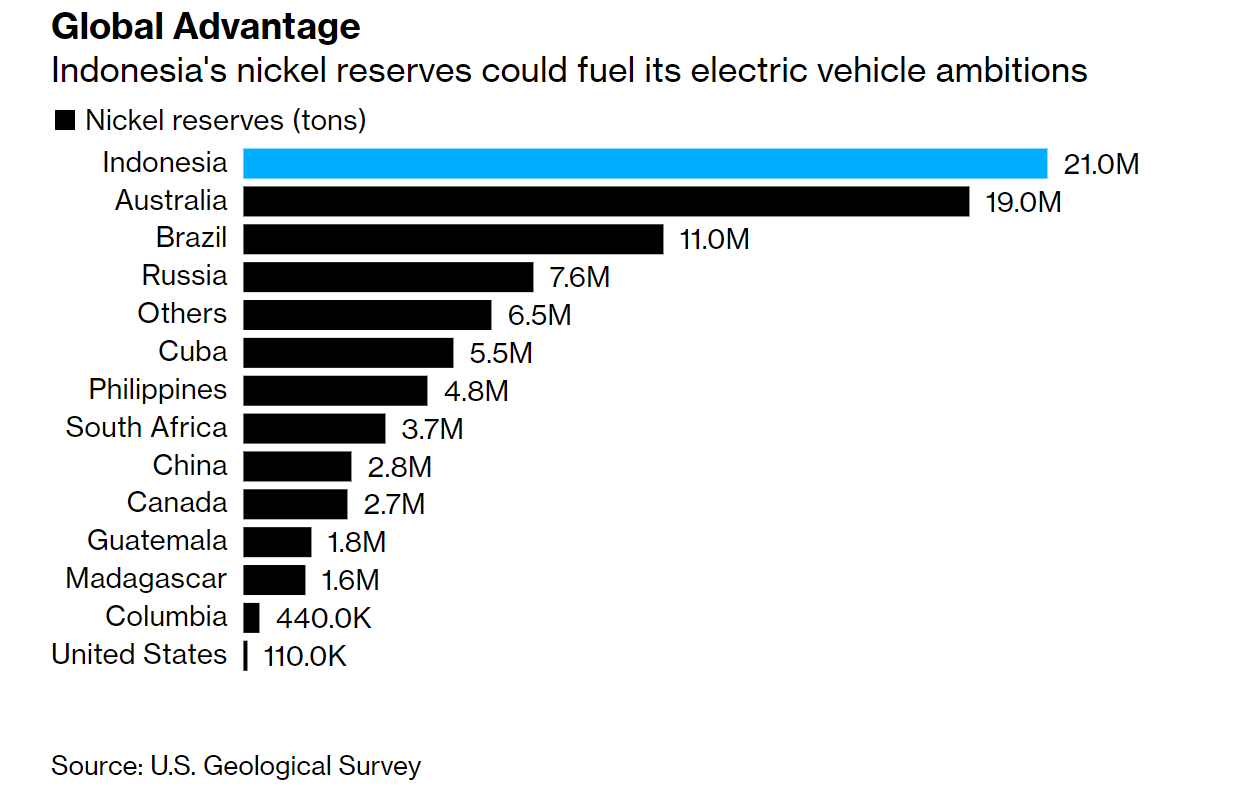
How is Tesla solving for the projected shortage?
By pleading with the miners – from Tesla’s July 2020 earnings call:
“Well, I’d just like to re-emphasize, any mining companies out there, please mine more nickel. Okay. Wherever you are in the world, please mine more nickel and don’t wait for nickel to go back to some long — some high point that you experienced some five years ago, whatever. Go for efficiency, obviously environmentally friendly nickel mining at high volume. Tesla will give you a giant contract for a long period of time, if you mine nickel efficiently and in an environmentally sensitive way. So hopefully this message goes out to all mining companies. Please get nickel.â€
By Tweeting – it’s Elon, so of course he tweets it:
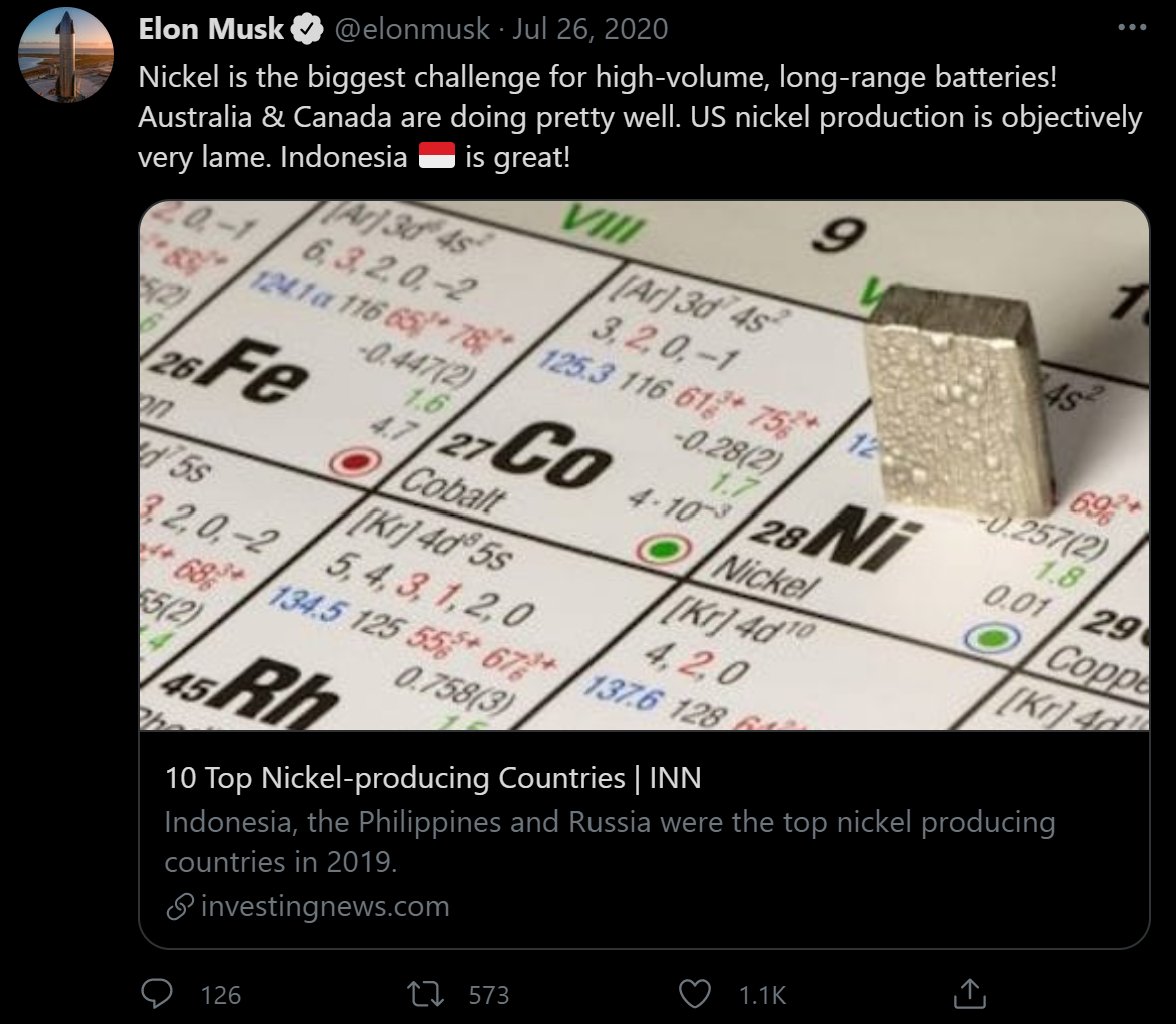
By partnering with mines and signing long-term supply deals – Reuters reported that Tesla had agreed to be a technical partner and advisor to help with product and sustainability standards of New Caledonia, the fourth largest Nickel producer in the world.
By altering nickel requirements for its different products – see Figure 5. Different products have different range requirements, so to optimize usage of raw materials, Tesla will alter the chemistry of batteries for different products (this is called the diversified cathode approach). For low-cost, low-range applications, Tesla will use an iron-based cathode, which has less energy density (by about ~50-60% when compared to nickel-based), but is cheaper and not as supply constrained. And for high-range applications, the company will optimize to use high amounts of nickel.
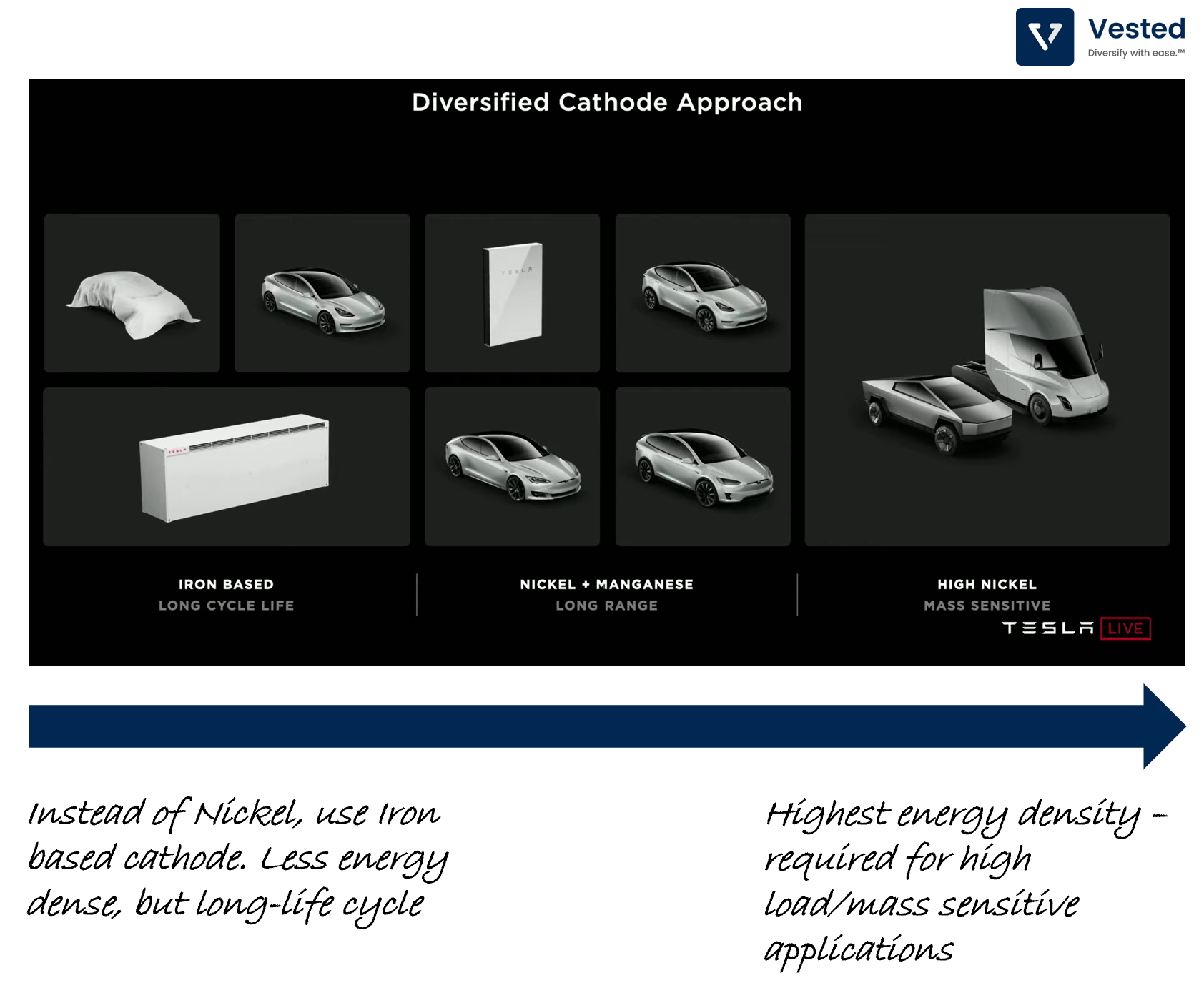
And finally, continuing to vertically integrate and develop its own raw metal processing, integrated with its own battery production.









